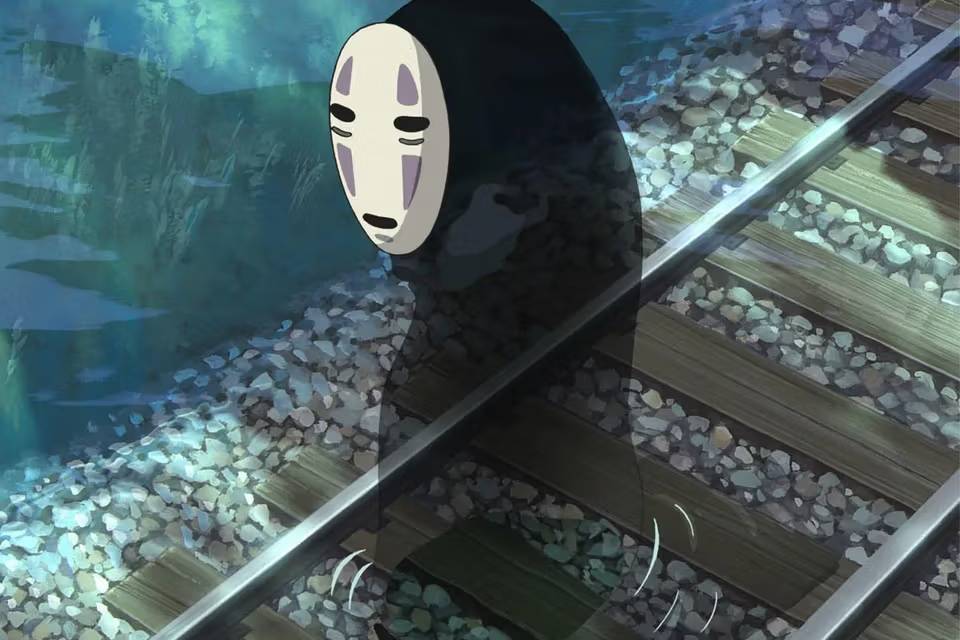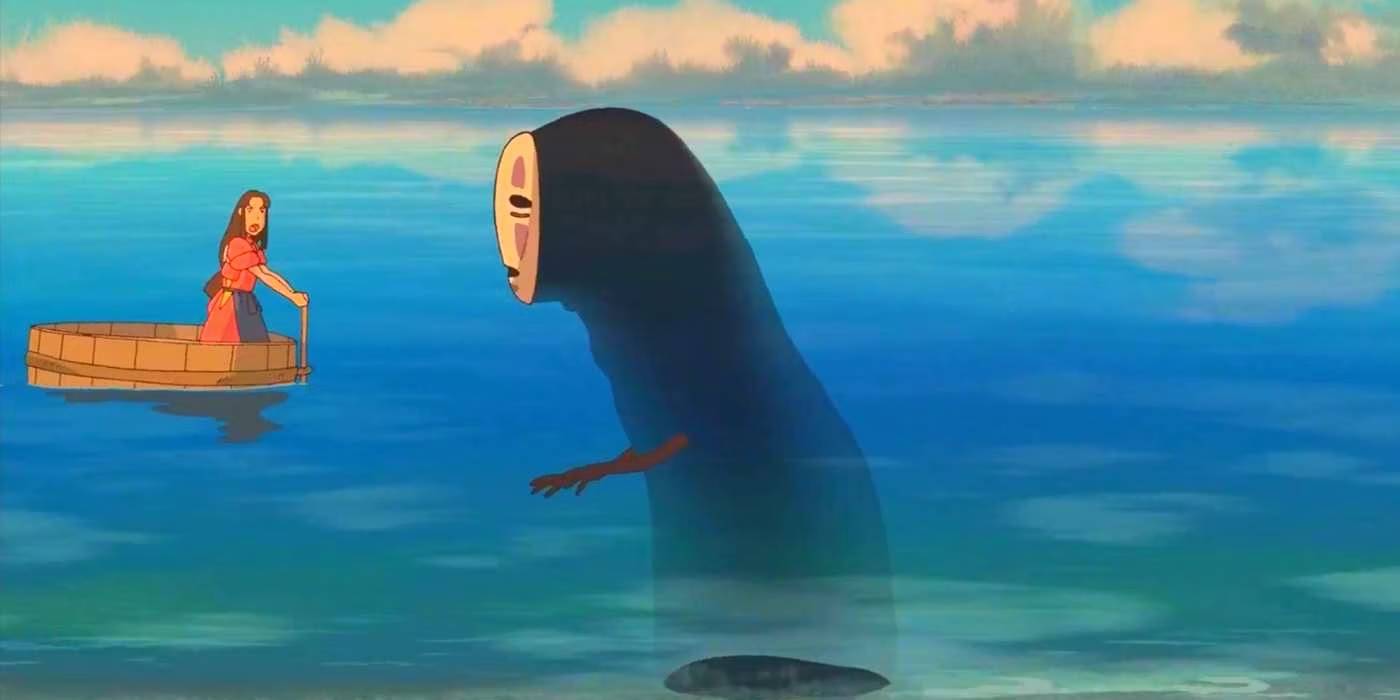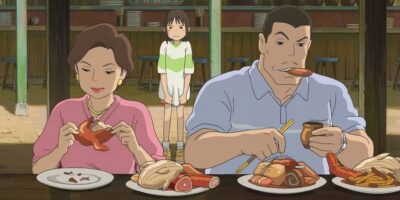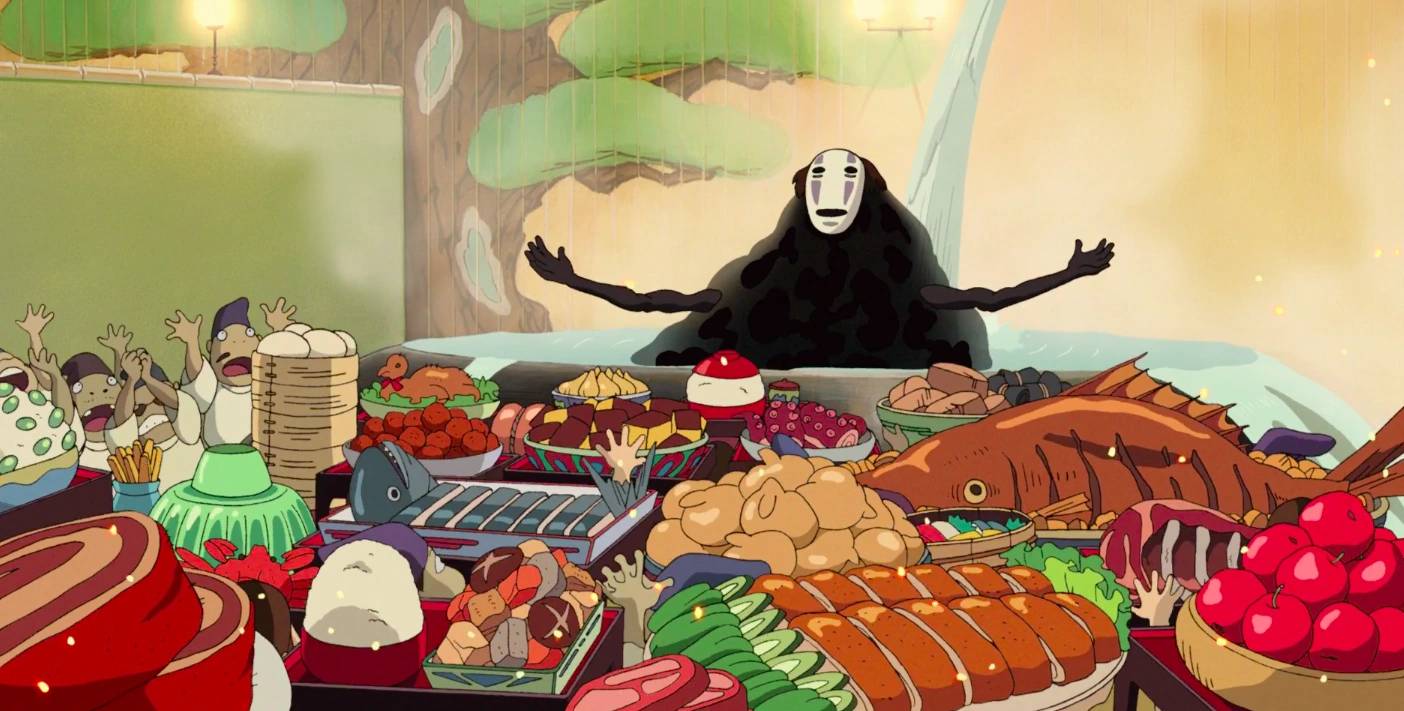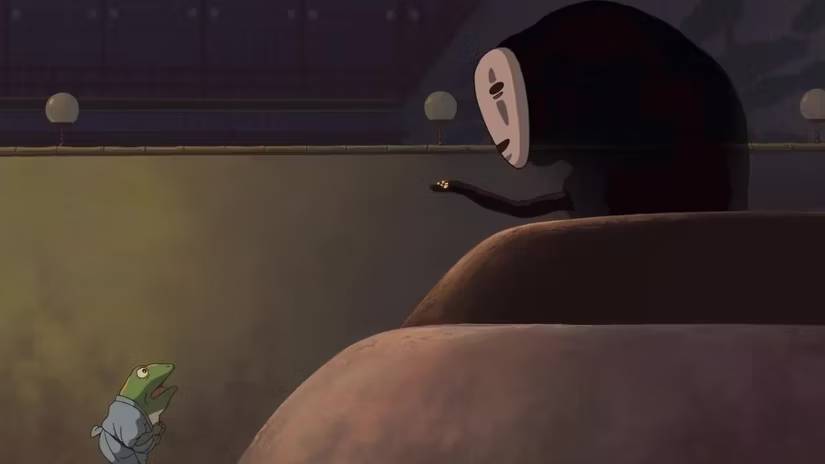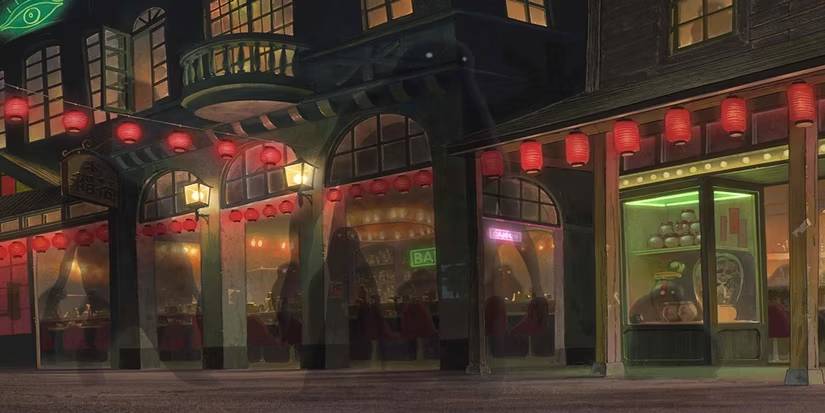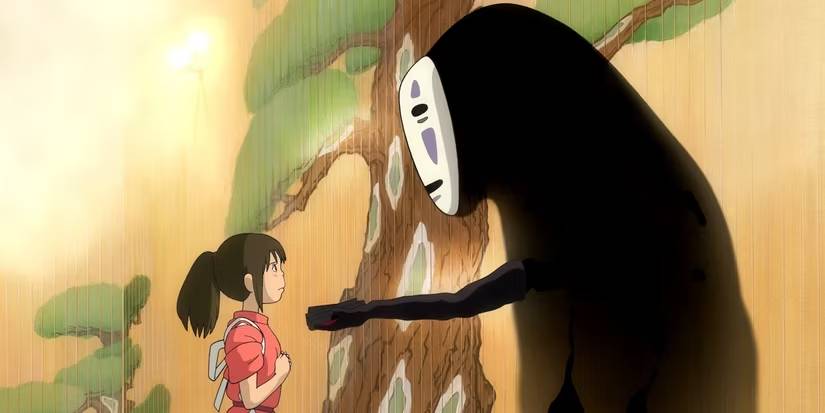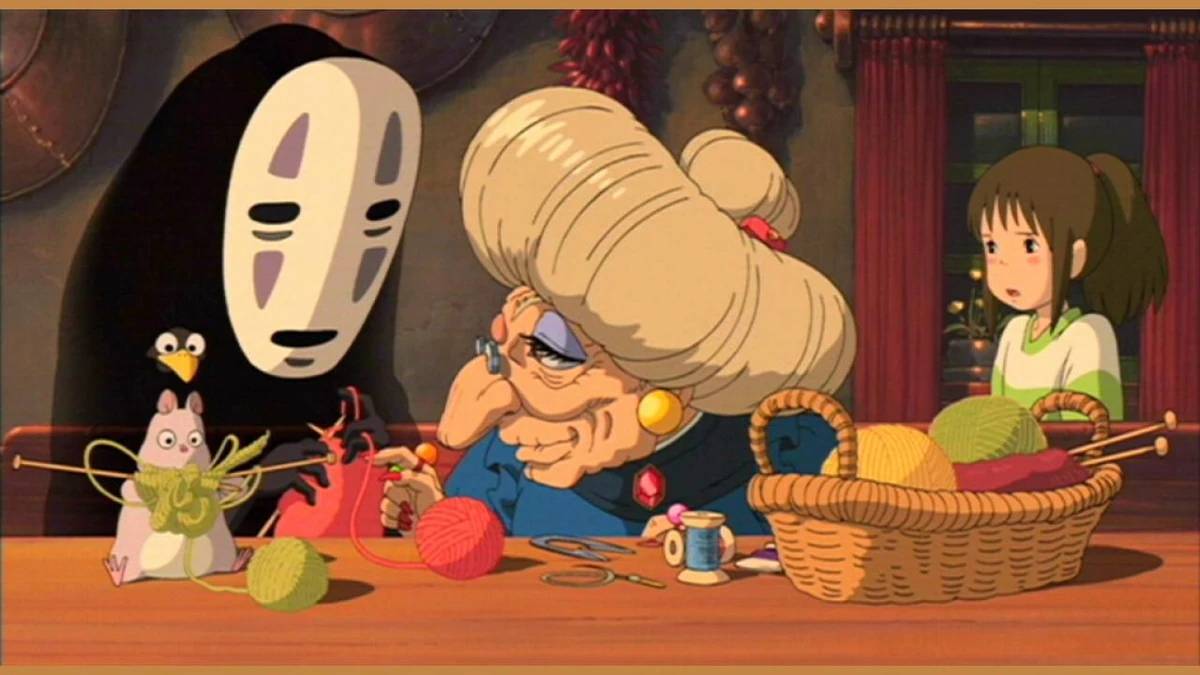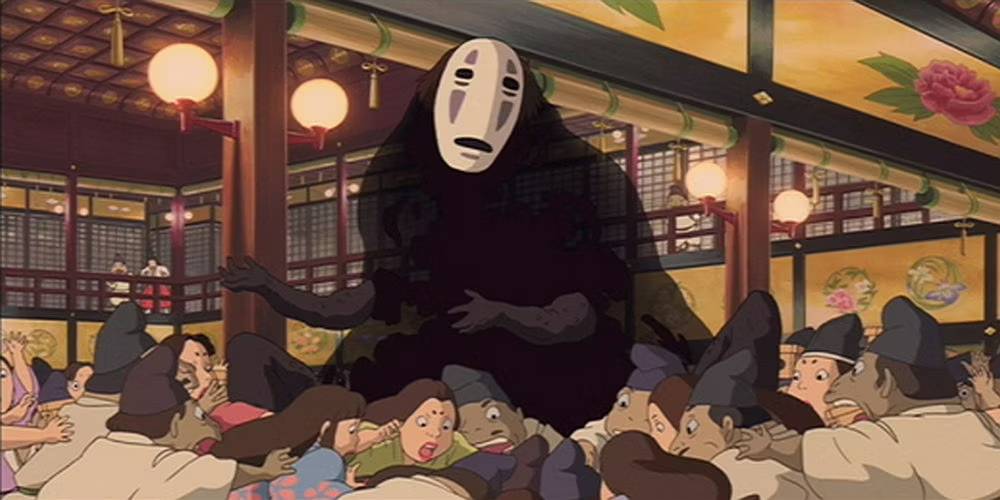“No Face,” the enigmatic spirit from the iconic Japanese animated film “Spirited Away,” has captivated audiences worldwide with its mysterious allure. But beyond the realm of Studio Ghibli’s masterpiece, there’s much more to No Face than meets the eye. In this blog, we delve into the depths of this intriguing character to uncover 10 fascinating facts that will leave you pondering the essence of No Face.
No Face Is Non-Binary
Since its debut, No-Face has commonly been identified with masculine pronouns. Yet, upon closer examination, it becomes apparent that this spirit lacks any distinct gender. This observation is logical; the featureless, mask-like visage offers no clues regarding gender identity. Furthermore, its insatiable hunger mirrors that of any individual at a Las Vegas buffet, regardless of gender. Ultimately, No-Face emerges as a soul in search of understanding, transcending the confines of gender classification.
No Face Leaves Footprints
Upon closer inspection, attentive viewers may observe that No-Face leaves discernible footprints as he traverses his surroundings. This peculiar detail prompts us to ponder whether the spirit desires visibility and what motives might underlie his ability to leave tangible traces of his presence. It’s a curious paradox: while No-Face remains translucent to other spirits, his footprints offer tangible evidence of his existence.
Considering the film’s intricate interplay between Chihiro’s human realm and the enchantment of the spirit world, the presence of footprints takes on added significance. Perhaps these marks serve as a validation of No-Face’s reality, countering any inclination to dismiss him as a mere figment of Chihiro’s imagination. In this way, the footprints serve as a subtle yet profound reminder of the blurred boundaries between reality and fantasy in the captivating world of “Spirited Away.”
No Face Was Inspired By Babette’s Feast
When inquired about No-Face’s gluttony in “Spirited Away,” the writer, Miyazaki, disclosed being influenced by “Babette’s Feast,” describing it as a beloved film with a penchant for hearty eating. However, No-Face isn’t the sole character grappling with voraciousness. Chihiro’s parents succumb to their own insatiable hunger, morphing into swine after indulging recklessly in spirit cuisine at a restaurant. Similarly, Yubaba’s infant son, Bō, exhibits greedy tendencies, earning the affectionate jab of being “a bit of a porker” from his aunt, Zeniba, upon their meeting.
His Mask Hides A Bigger Mouth
No-Face’s mask, a stunning piece of Japanese artistry, boasts elegant shades of grey and violet. It features a small mouth that dynamically changes to reflect his emotions. However, this mouth isn’t representative of the creature’s actual anatomy; rather, it conceals a far more menacing set of teeth. These formidable chompers prove useful when the spirit decides to devour workers at Yubaba’s bathhouse. Fortunately, despite their fearsome appearance, No-Face’s teeth, primarily molars, refrain from causing catastrophic harm. As a result, the characters swallowed by the spirit emerge unscathed and intact, enabling them to make a daring escape once No-Face regurgitates them one by one.
He Consumes Others and Assimilates Their Personality Traits
Keen observers of No-Face may note his ability to rapidly adopt the physical traits of those he consumes, even sprouting frog-like legs for mobility. Moreover, he mirrors the personalities of his “victims,” initially adopting a voracious demeanor after ingesting Aogaeru, the frog clad in a blue kimono. Following this consumption, he acquires the ability to converse, speaking with Aogaeru’s voice. It becomes evident that No-Face is profoundly lonely and yearns for connection with others. By imitating and consuming bathhouse employees, he hopes to garner attention, especially from Sen.
No Face Has No Actual Form
In an interview, Miyazaki emphasized the concept that Japanese spirits lack a defined form, implying that each spirit, including No-Face, serves as a tangible manifestation of the respective deity or spirit. “Japanese gods do not possess a concrete form; they reside within rocks, pillars, or trees. However, they require a physical manifestation to visit the bathhouse,” he disclosed. This notion aligns seamlessly not only with the Shinto belief in kami, which are inseparable from nature but are intrinsic to it, but also with the narrative needs of a children’s film. Miyazaki aimed for “Spirited Away” to appeal to tweens, necessitating the creation of compelling characters within the story.
No Face Inspired A Star Wars Villain
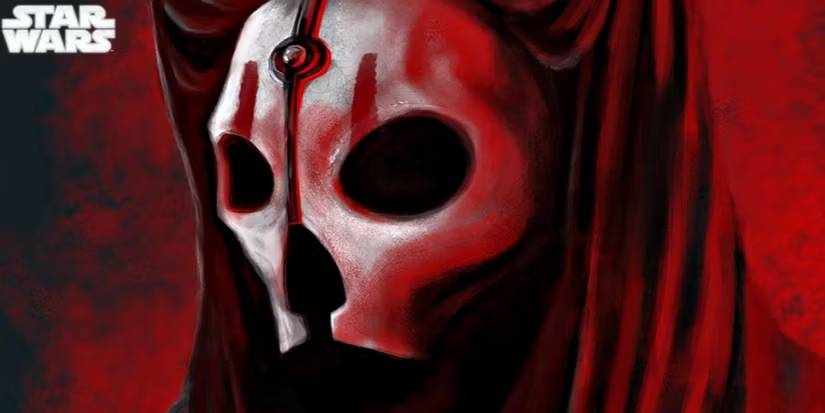
Both characters share a similar aesthetic, with Darth Nihilus adorned in black, featureless attire reminiscent of No-Face’s appearance, creating an aura of ghostliness. While there are subtle design differences in Nihilus’s mask, it still conveys a sense of emptiness akin to No-Face. However, the primary distinction lies in their emotional states. While No-Face’s emotions remain enigmatic, Nihilus’s profound hatred is palpable, offering a stark contrast between the two characters.
He’s Not As Greedy As He Seems
While initially appearing as a gluttonous figure, devouring anything edible and using dirt-turned-gold as currency in the beloved Studio Ghibli bathhouse, No-Face’s true nature is far more nuanced. Despite his initial behavior, he proves to be an adaptable spirit, shaping himself based on his surroundings. Initially unfamiliar with the bathhouse’s customs, he demonstrates kindness when Sen allows him entry, aiding her in acquiring bath tokens amidst the foreman’s refusal.
However, as No-Face familiarizes himself with the bathhouse’s dynamics, he succumbs to a desire for material wealth, mirroring the behavior of those around him. With each person consumed, he assimilates more human-like traits, straying further from his inherent nature. Fortunately, Sen intervenes with a solution, using a magical emetic dumpling gifted by the River Spirit to restore No-Face to his amiable self. This transformation underscores the power of empathy and redemption, illustrating that even the most seemingly selfish spirits can find their way back to kindness with the right guidance.
Bob Bergen Voiced Him
No-Face may not be renowned for his spoken dialogue, but he does emit sounds and deliver lines like other characters. In the English rendition of “Spirited Away,” the voice behind the spirit is provided by Bob Bergen. Bergen, celebrated for his contributions to Looney Tunes, breathes life into iconic characters such as Tweety Bird, Porky Pig, Marvin the Martian, and Speedy Gonzalez. His vocal talents extend beyond the world of Looney Tunes, encompassing roles in productions like Fraggle Rock, Star Wars: The Clone Wars, and Robot Chicken, among other animated ventures.
In the Japanese version of the film, titled “Sen and Chihiro’s Spiriting Away,” the voice of No-Face is lent by Japanese actor Akio Nakamura.
He’s The Subject Of Many Fan Theories
Fans are notorious for delving into the backstories of their favorite characters, and No-Face from “Spirited Away” is no exception. Among the myriad speculations, some fans suggest that No-Face might be another human trapped in the Spirit World. Perhaps he wasn’t as courageous as Chihiro when faced with Yubaba taking his name, and consequently, he remains ensnared without hope of liberation. Supporters of this theory point to No-Face’s transparency, reminiscent of Chihiro’s initial translucent state upon entering the Spirit World, as well as the transparent appearance of the train passengers, as evidence.
Various theories, including interpretations of No-Face as a symbol of the horrors of child slavery in Japan, have circulated among fans. Miyazaki has neither confirmed nor denied such interpretations, leading to speculation about the film’s deeper allegorical meanings. His statements have even hinted at an intentional exploration of darker themes within the narrative.
As we bid farewell to our exploration of No Face, it’s clear that this seemingly simple character holds a wealth of depth and complexity. Whether you’re drawn to its enigmatic nature or intrigued by its symbolic significance, one thing is certain – No Face continues to leave an indelible mark on popular culture and the hearts of fans worldwide. If you’re looking to bring a piece of this captivating spirit into your life, why not check out our collection of No Face merchandise spiritedaway.store? Let the spirit of No Face accompany you on your own journey of discovery and transformation.

